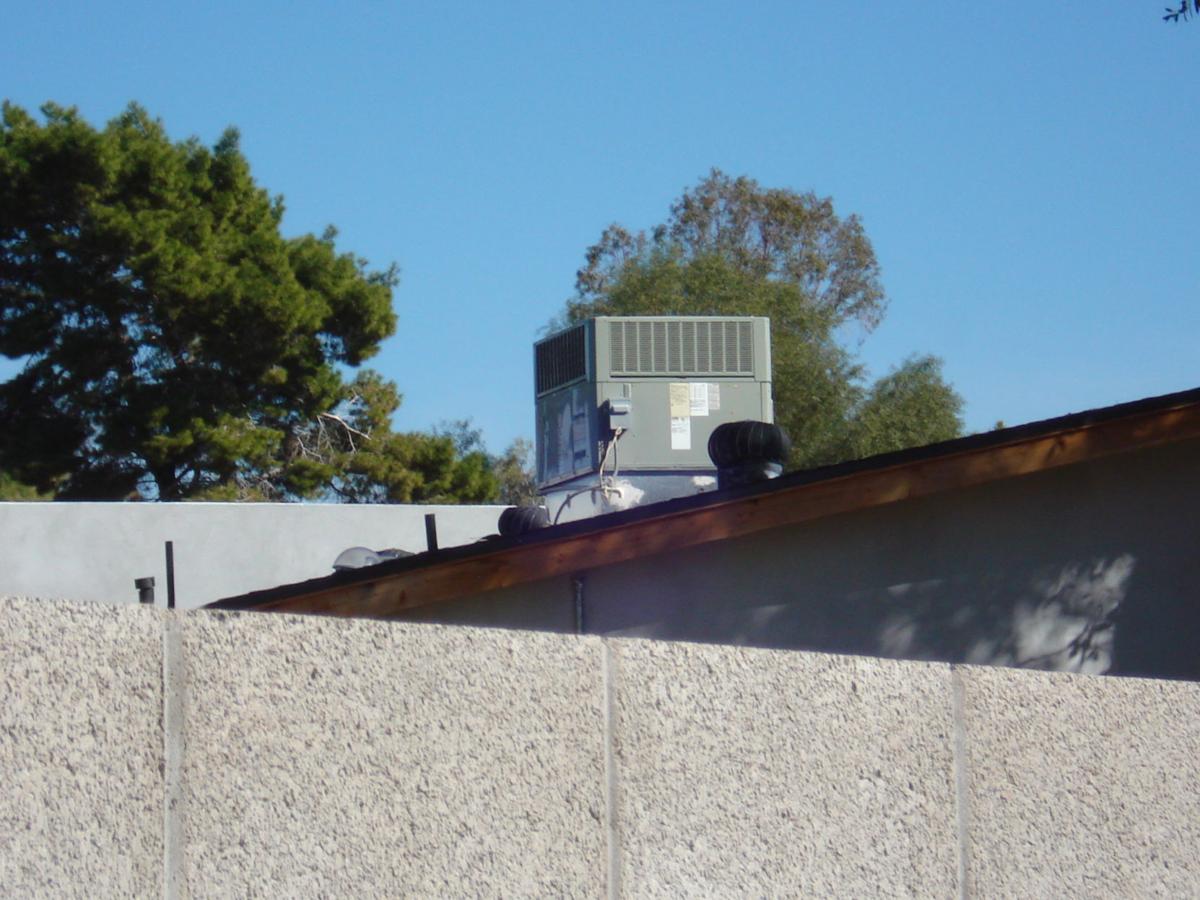Each year, thousands of Arizona residents email or call Rosie Romero’s radio show with questions about everything from preventing fires in their chimneys to getting rid of tree roots invading their sewer systems. His goal is to provide answers that suit the specific lifestyle wherever someone lives in Arizona.
QUESTION: I have a 12-year-old air conditioner and a repairman recently came out to tune it up. He also recommended installing a kick start on it. Should I do that and why?
ANSWER: A compressor on your air conditioner needs the most torque or force when it starts up. This is also when the compressor experiences the most wear and tear. A kick start may help give the mechanism in the compressor more force so it will start faster and have less wear and tear. This device may save a couple of cents every time the compressor starts. You only want to install a kick start on an older air conditioning system. If your system is only five years old or less, don’t do it because it already has a kick start built into it. If your AC is getting older and you may replace it soon, you probably don’t want to install one either.
Q: I have heard you say not to use elastomeric paint on your house, but I have used it on stucco and it seems to cover all those hairline cracks and leaves a nice finish. So what’s the problem?
A: We recommend using elastomeric caulk to repair cracks and holes in the stucco exterior surfaces of a house, but we recommend against using elastomeric paint all over the stucco walls. I know that some companies claim it will help your home stay cooler in summer, but the paint is so thick that it can trap moisture inside your home. Your house will not be able to breathe and you will end up with long-term maintenance issues. If there is any little tear in the paint, water can sometimes infiltrate and balloon up to strip off big chunks of paint. In fact, there are many cases where homeowners have to remove all the elastomeric paint because of problems that it causes.
Q: I have a home on a large lot where I want to plant lots of trees, and I’m interested in planting multiple citrus trees of different kinds in one hole as you described recently on air. How does that work?
A: Actually, since you have plenty of space, you can just plant the individual trees that you want in separate holes – like an orange, a lemon and a grapefruit, for example. Planting them all in one hole is really only a good idea when you have a small residential lot. Then you put two or three dwarf varieties together.
There are also combinations of fruit trees that you don’t want to put together in the same area of a yard, like citrus and peaches or plums and apples. So before you do your planting, check with the nursery about what combinations will work and which trees to keep separated.
Q: I’ve found leaves that are yellow and dying on my oleander bush, and I wondered what to do about it. Whatever is going on, it seems to be spreading.
A: It sounds as if your oleanders have a disease called oleander leaf scorch, or OLS, which is a bacterial disease spread by insects called sharpshooters. It’s a disease that seems to have started in Southern California and now seems to be spreading to oleanders all over Phoenix and Tucson.
There’s no effective treatment for the disease. Insecticides might do more harm than good. The best thing to do is to keep your oleanders as healthy as possible with slow, deep irrigation. Some experts advise removing the oleanders as soon as possible when you spot the disease so that it doesn’t spread.





